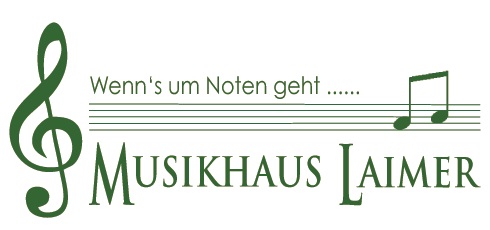Œuvres choisies pour piano
21,99 €*
| Musikhaus Laimer e.U. | 2 |
|---|
Sofort verfügbar, Lieferzeit: 1-3 Tage
Produktnummer:
11124836
Titel: "Œuvres choisies pour piano"
This collection brings together thirty years of Ravel compositions. It holds famous works like the Sonatine, as well as lesser-known pieces such as the Menuet en Ut dièse mineur or the 1913 Prélude. There are also the transcriptions, a world Ravel was quite familiar with, having been responsible for more than a few of them himself. However, he entrusted the solo piano arrangements of Ma mère l’Oye and Boléro to two of his closest friends, Jacques Charlot et Roger Branga, who were both employed as transcribers by Éditions Durand. From the easiest piece to the most challenging, every pianist will find something to enjoy here, even in the privacy of their own home. However, when performing in public, everyone should remember Ravel’s own advice: “Keep playing as if it were for yourself alone, without worrying about the audience, which is actually the surest method of winning them over”.
| Besetzung: | Klavier |
|---|---|
| Erscheinungsjahr: | 2025 |
| Reihe: | Durand-Salabert-Eschig-Piano Library |
| Komponist: | Ravel, Maurice |
| EAN: | 9790044096343 |
| Verlag: | Editions Durand |
| Untertitel: | Ausgewählte Klavierwerke |
